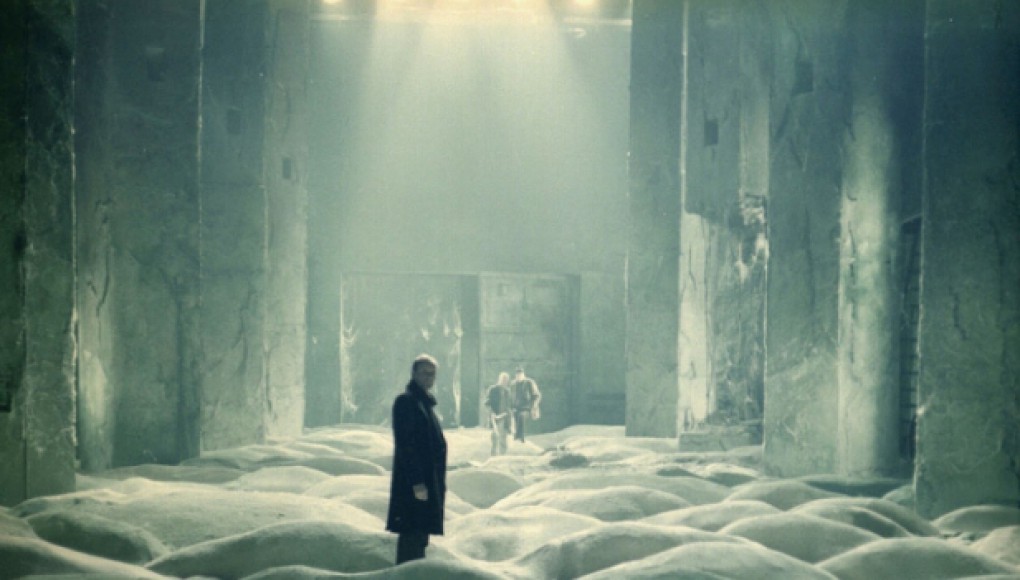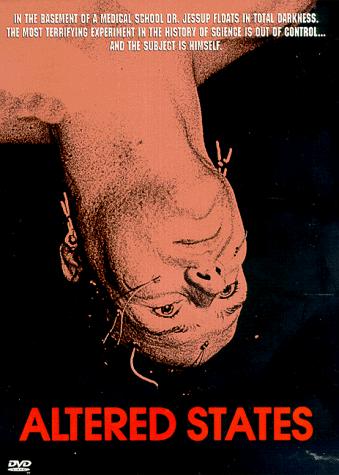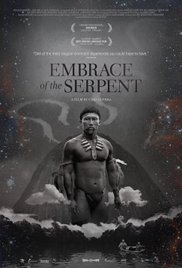Review written by Raul De Leon

Okja (2017)
The story of a giant hog and its loving owner. Okja is certainly a piggish movie; it’s intelligent but it rolls in the mud and lives off of slops.
Okja is the name of the giant “superpig” that is raised by her best friend Mija; an adolescent girl from rural South Korea. Mija’s grandfather, Hee Bong, obtained Okja from the Mirando Corporation ten years prior when Mirando sent out twenty-six superpigs to different locations across the globe for a competition. Whichever pig is most impressive in ten years, will be declared the winner and praised in a parade in the heart of New York City. Mirando spokesperson Dr. Wilcox names Okja the best superpig and grandpa Bong agrees to Mirando taking Okja away, but Mija flies to New York and follows Mirando in an attempt to get her one and only friend back.
Okja is an adventure film with a loud moral voice on the meat packing industry. The Mirando Corporation stands as an unbeatable super-industry characterized by heartless charades and an iron boot. Mija is an eager force who stands strong as she tumbles through constant danger and mischief through the streets of New York. She, for better or for worse, gets mixed up with the Animal Liberation Front (ALF), who attempts to aid her and expose Mirando for the wicked industry that it is. Everything comes together in a wild frenzy of morality, corruption, abuse, and depression.
I usually applaud filmmakers for not playing by the rules, but in this case, it hurts. Joon-ho Bong goes bonkers with his script, his actors, and his direction, compiling Okja into a sloppy mess. Gyllenhaal is like a deranged ADHD schoolboy trying to play the part of an adult and Swinton is ultra-weird. The over-the-top acting rides along with a ludicrous script and an adrenalized camera. Almost all emotional moments are negated by inappropriate camera choices and offbeat scenes.
Watching Okja is like watching a live-action cartoon. A movie made like this could only be marketed toward children, but there is some strong violence and a good number of f-bombs dropped. It suffers from an identity crisis; it’s either a cheesy movie for adults or an inappropriate movie for children. The film fails to muster up a demographic due to a lack of discipline.
It’s not all bad though, there are a few redeeming qualities. The themes of the film are contemporary and important. Bong’s relentlessness pays off late in the film, when we are exposed to the Mirando meat factories. Witnessing these facilities is like walking through Banksy’s nightmare theme park. Through bleak images of a pig holocaust, the hard truth of modern animal cruelty is forced right down your throat, leaving us meat-eaters to digest a pound of shame and guilt.
Just like Bong’s Snowpiercer, Okja is a lame execution of an otherwise intelligent idea. By the end of the film you’ll be wondering if you should give up meat, but also wondering who you think will win the Razzie award between Jake Gyllenhaal and Tilda Swinton. A shame; with some ease and control from the filmmaker, Okja would of made for fine swine.
If you liked Okja, you might also like: Snowpiercer (2013), What the Health (2017).
Check out the rest of my reviews on my website: cerebralfilmreviews.com.









